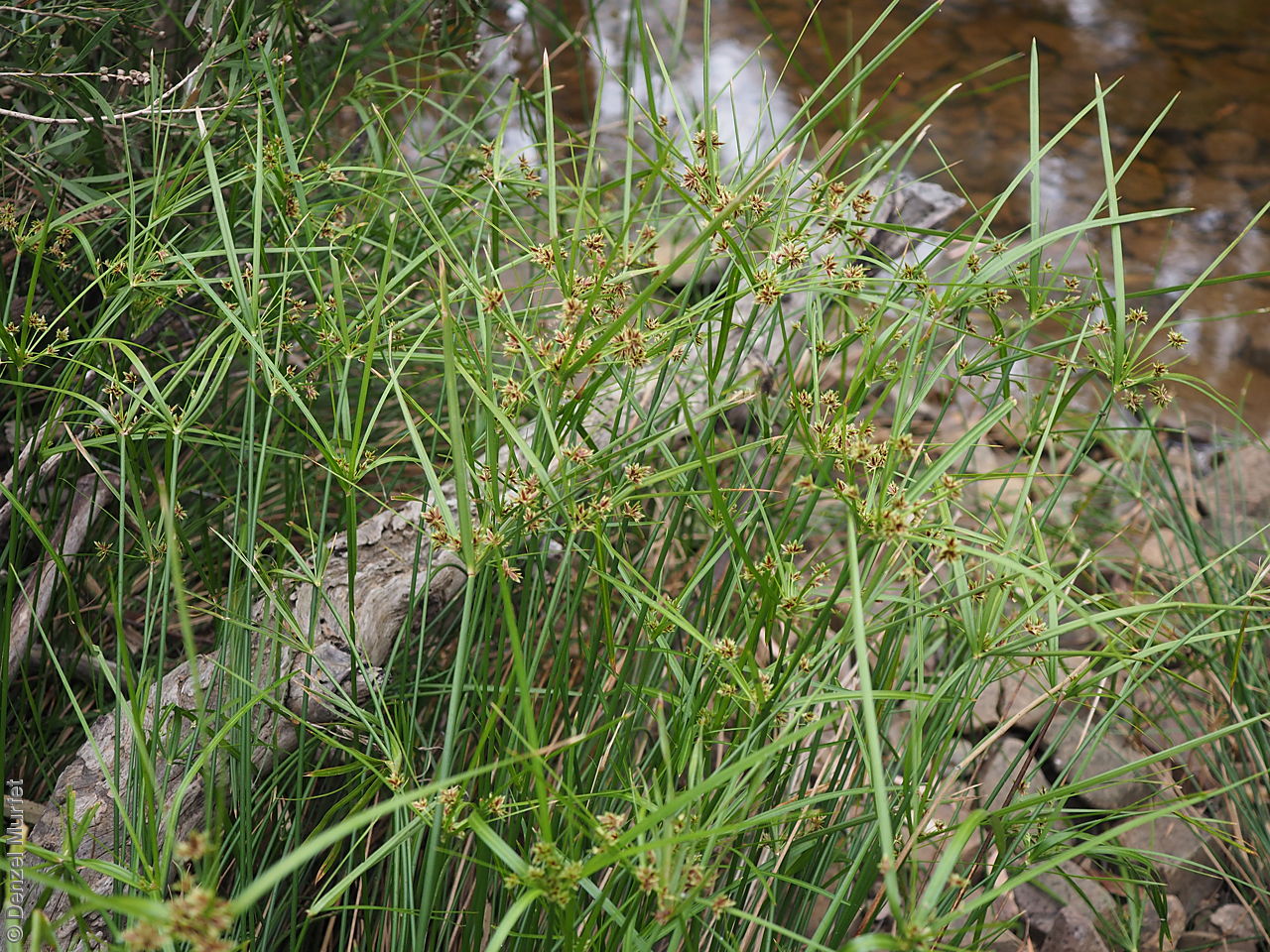













Botanical art
Common names
Stiff-leaf Sedge
Puta-puta
Stiff Flat-sedge
Etymology
Cyperus from the Latin 'cyperos' and derived from the Greek 'kypeiros', an ancient Greek name used by Homer and Theophrastus for several plants of this genus. Vaginatus from Latin meaning protected by a sheath, alluding to the leaves which are reduced membranous sheaths.
Distribution and status
Found in the far north-western part of South Australia and across the Flinders Ranges, Mount Lofty Ranges and Kangaroo Island, growing in or near creeks and streams. Also found in all mainland States. Native. Common in South Australia. Possibly extinct in Victoria. Common in the other States.
Herbarium regions: North Western, Gairdner-Torrens, Flinders Ranges, Eyre Peninsula, Northern Lofty, Murray, Southern Lofty, Kangaroo Island, Green Adelaide
NRM regions: Adelaide and Mount Lofty Ranges, Alinytjara Wilurara, Eyre Peninsula, Kangaroo Island, Northern and Yorke, South Australian Arid Lands, South Australian Murray-Darling Basin
AVH map: SA distribution map (external link)
Plant description
Tussock-forming perennial sedge with a short thick horizontal rhizome and slender, erect or somewhat nodding, cylindrical, smooth, faintly striated stems to 150 cm long. Culms terete, rigid, smooth, to 100 cm high and 3 mm diameter. Leaves reduced to membranous sheaths. Inflorescence with simple or compound heads with 4–12 primary branches. Spikelets are flattened with between 4-15 green-brown flowers in each cluster. Flowering possible throughout the year except during winter. Fruits are brown fruit-head. Seeds trigonous, obovoid to ellipsoid, orange-brown nut to 1 mm long and 0.6 mm wide with dark brown or black tips. Seed embryo type is capitate.
Seed collection and propagation
Collect seeds between January and December. Collect fruits by picking off the mature heads, those turning brown and come-off easily. Place the heads in a tray and leave to dry for one to two weeks. Then rub the heads with a rubber bung to dislodge the seeds. Use a sieve to separate any unwanted material. Store the seeds with a desiccant such as dried silica beads or dry rice, in an air tight container in a cool and dry place. Seed viability is usually high.